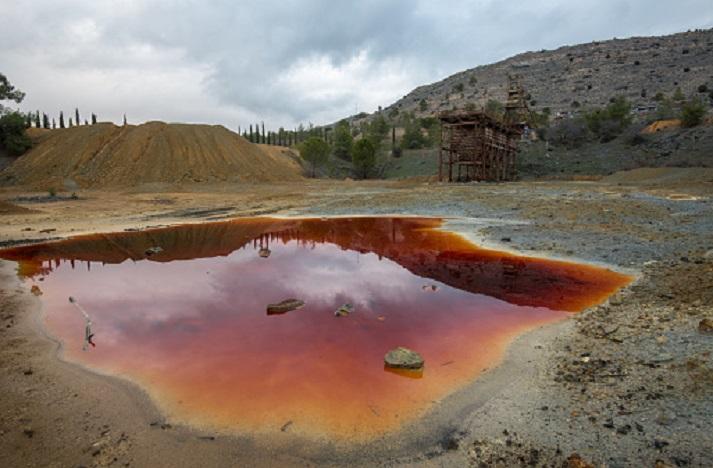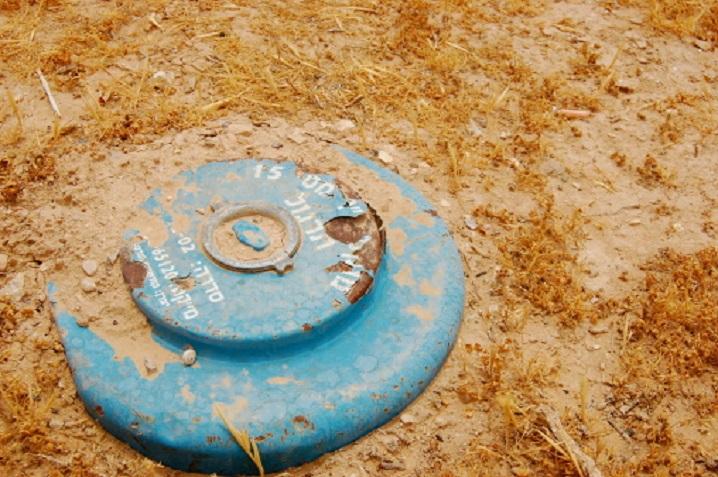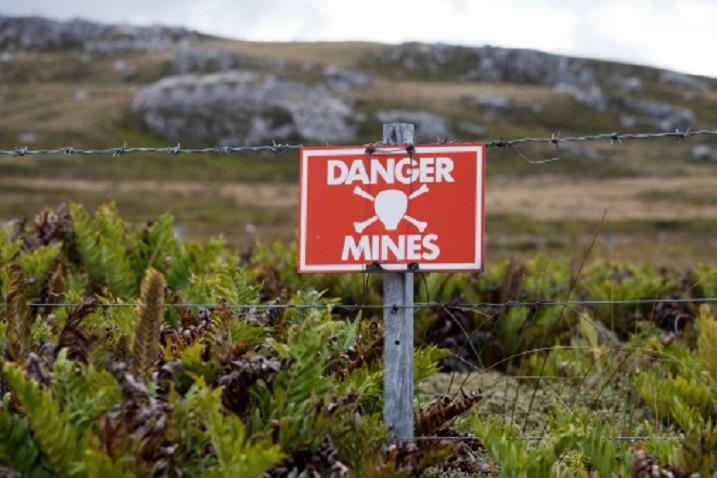5 African countries with the most Landmines

Landmines in Africa are controversial because they remain dangerous after the conflict in which they were deployed, kill and injure civilians and make land impassable and unusable for decades.
The international campaign to ban landmines aims to ban their use, culminating in the 1997 Convention on the Prohibition of the Use, Stockpiling, Production and Transfer of Anti-Personnel Mines and on Their Destruction, informally known as the Ottawa Convention.
The UN estimates that with current technology, it will take nearly 1100 years to clear all mines in the world. Paul Jefferson, one of the first humanitarian deminers, said: “a landmine is a perfect soldier: always brave, never sleeps, never misses”.
The simplicity and cost-effectiveness of mines are essential factors in explaining the widespread use of mines in the many African countries now facing the problem of mine contamination.
5 African countries with the most Landmines
1. Ethiopia and Eritrea
The African countries of Ethiopia and Eritrea are among the world’s most heavily mined nations. Unexploded ordnance (UXO) from World War II, The Eritrean Liberation War (1961-1991), and the Ethiopian-Eritrean border conflict (1998-2000) continue to maim and kill in the mission area.

There are 995 hazardous areas, 914 mines and 702 minefields in Eritrea. It’s estimated that there are approximately 250,000 landmines and three million UXOs scattered allover the country. The most usually mines are anti-tank and anti-personnel mines. UXOs range from ammunition with small arms to bombs from airplanes.
In Ethiopia, a landmine impact study in 2004 estimated that landmines and UXOs affect nearly 2 million people in 1,500 communities. Between 2000 and 2004, 588 people were killed and almost 1,300 injured as a result of mine accidents. The worst affected regions are Afar, Somali, and Tigray, where two-thirds of the victims of registered mining accidents are people who were hunting or farming at the time.
Three techniques are used in the demining operations: mine detection dogs, manual demining, and mechanical demining. Countries that have contributed to the demining services include Kenya (manual demining teams), Bangladesh (manual and mine detection teams), and Slovakia (mechanical demining teams). The MACC, in 2007, cleared about 6 million square meters of land and 5,000 kilometers of road in both Ethiopia and Eritrea.
2. Somalia
In Somalia, the mine problem is the result of several internal and regional conflicts over nearly 40 years, with the first mention of mine deposits in 1964. Southern and Central Somalia are heavily contaminated with mines and unexploded ordnance (UXO).

The UN claims that the socio-economic impact of landmines can be seen in almost all aspects of Somali society: decreased land available for livestock and agricultural production, high transport costs, the low performance of rehabilitation and inadequate development efforts, loss of life, disabilities, general lack of community security, and obstacles to repatriation and reintegration. Victims of mines and UXO continue to be reported.
However, the UN also believes that the mine and UXO threat in Somalia is “a finite problem” and that “given continued attention” can be resolved with adequate resources over a period of seven to ten years. Number of landmines: 1 million
3. Mozambique
After almost 30 years of war, Mozambique is one of the poorest countries in Africa. Grain has to be imported, and the economy is heavily dependent on foreign aid. Mozambique faces desertification, pollution of surface and coastal waters, and severe droughts and floods in the central and southern provinces.
In addition, much of its agricultural land is unusable because of landmines. ‘Perhaps the most devastating use of landmines has been the random dissection of mines in fields and along with access, roads to prevent farmers from producing food,’ notes Human Rights Watch Africa in a report entitled “Landmines and Economic Life”.
All sides have used mines manufactured in 15 different countries in the fighting, accelerating a devastating cycle of famine in the 1980s that sent a huge exodus of refugees across borders with, Zambia, Tanzania South Africa, and Malawi.
According to Handicap International, about 20 people step on landmines every month in Mozambique. Sixty percent of them die because they do not have access to health services. In 1996, the Mozambican Minister of Defence estimated that there were still about 3 million landmines in Mozambique.
The overall devastation caused by mines in Mozambique is stunning. In addition to agricultural land, power lines, roads, bridges, railways, and airports, even schools, factories, and livestock tanks have been mined. Mines also threaten wild animals: elephants have been found mutilated by anti-personnel mines and killed by anti-tank mines.
4. Angola
It’s estimated that the number of landmines in Angola are between 10 and 20 million, which is equivalent to at least 1 to 2 mines per person in the country. According to UN estimates, the number of Angolan amputees resulting from silent killers is 70,000.
For three decades, mines have been scattered in fields, villages, roads, and other unexpected places in Angola to intimidate, maim and kill innocent victims. Landmines have a devastating effect on the environment by restricting the movement of people, discouraging agriculture, disrupting economies and killing and incapacitating many innocent men, women and children.
In 1993, a general UN resolution on a moratorium on the sale and export of anti-personnel landmines was adopted. However, the international consensus has not yet been reached, and the problem of Angola continues unabated.
5. Egypt
The Second World War and the Egypt-Israel Wars of 1956, 1967, and 1973 left Egypt a mine-afflicted country. Egypt often quotes 23 million landmines buried in the country. Still, the nation’s problem stems from the fact that its landmines are ancient and difficult to locate and are designed for use against tanks. At the same time, international criticism generally focuses on anti-personnel mines.
According to the Ministry of Defence, mines have hampered human and economic development and have killed and injured thousands of civilians. Seven million mines have been removed from the Western Desert over the past 15 years and three million from the Sinai Desert. Nomads refer to tracts of desert minefield waste as “the Devil’s Garden”.




